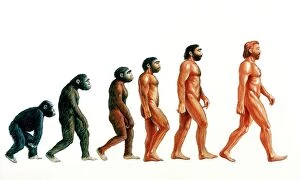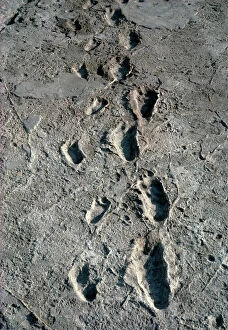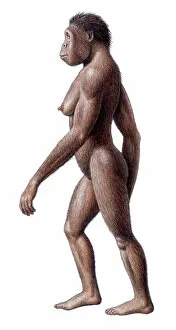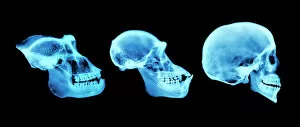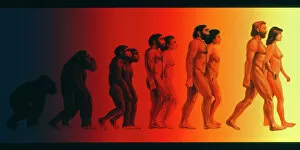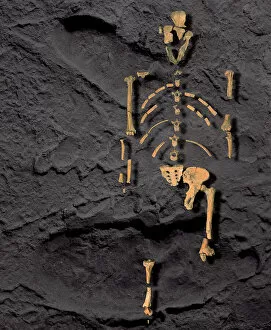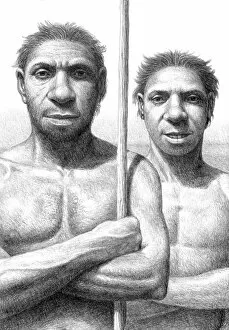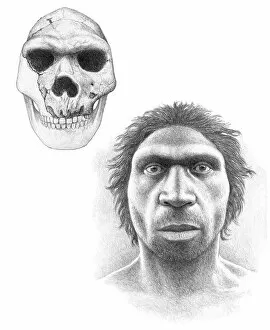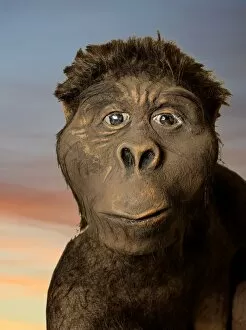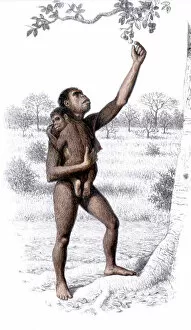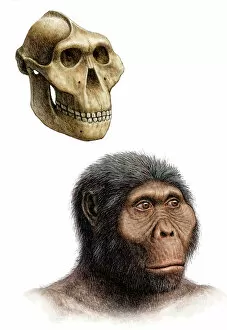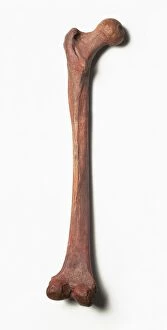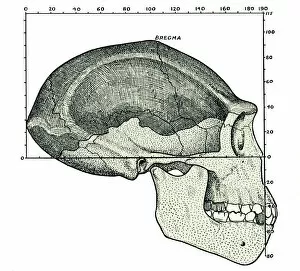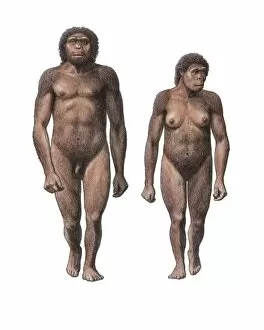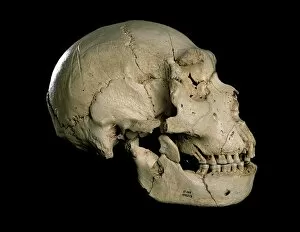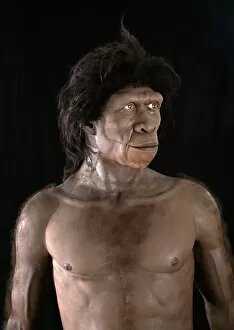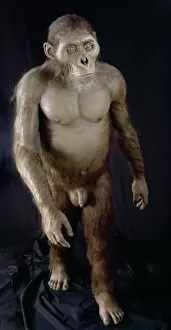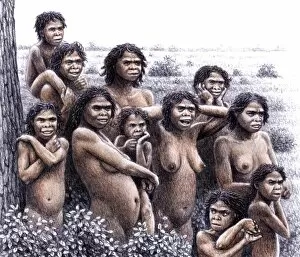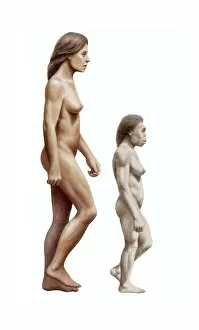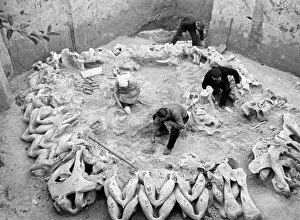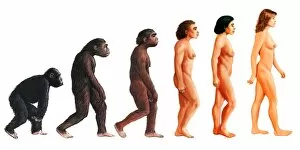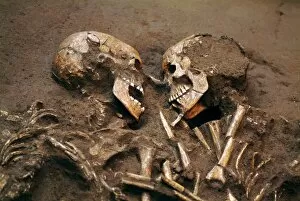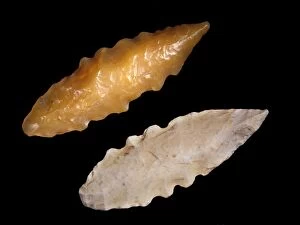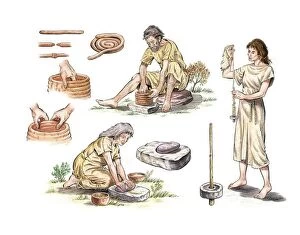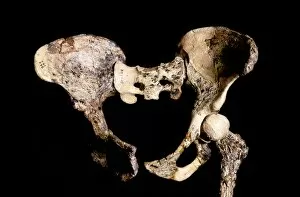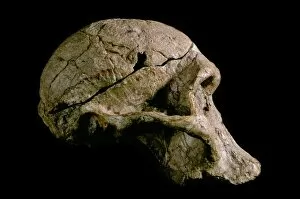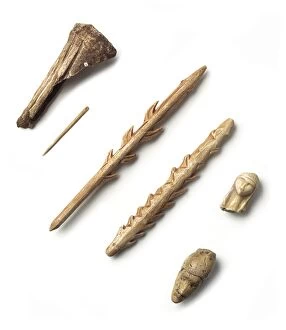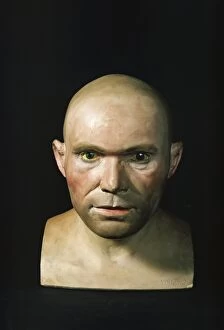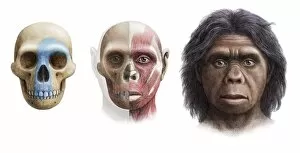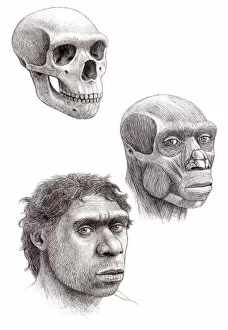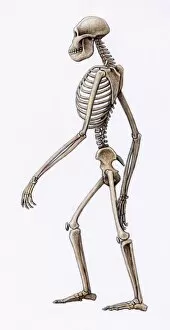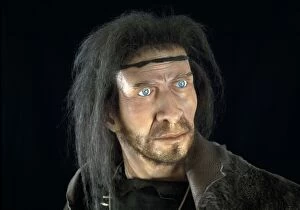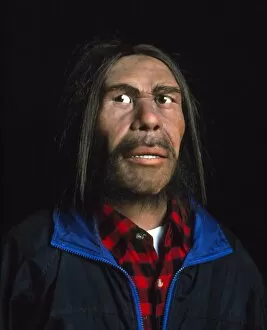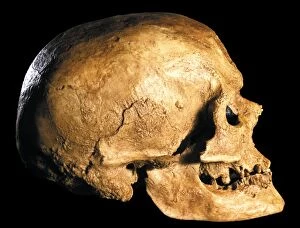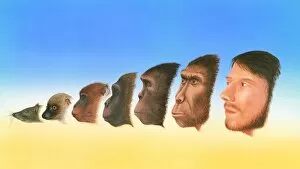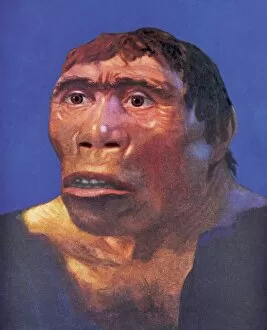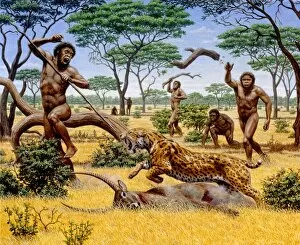Paleoanthropology Collection
Paleoanthropology, the captivating study of human origins and evolution, unveils a mesmerizing journey through time
For sale as Licensed Images
Choose your image, Select your licence and Download the media
Paleoanthropology, the captivating study of human origins and evolution, unveils a mesmerizing journey through time. Step into the past as we explore the fascinating world of our ancestors. The Trail of Laetoli footprints takes us back 6 million years to Tanzania, where preserved tracks offer an intimate glimpse into early hominid locomotion. These imprints tell stories of bipedalism's emergence, a crucial milestone in our evolutionary history. From Australopithecus africanus to Homo sapiens, stages in human evolution unfold like chapters in an ancient book. A female Australopithecus africanus stands tall amidst her surroundings, representing one branch on humanity's intricate family tree. Primate skulls serve as windows into the past; their structures reveal clues about our shared ancestry with other primates. They remind us that we are part of a larger tapestry connecting all life forms on Earth. In a dramatic scene frozen in time, a scimitar cat attacks a hominid - reminding us that survival was not always guaranteed for our early relatives. This encounter highlights the challenges faced by these resilient beings during their struggle for existence. Artwork depicting stages in human evolution offers visual narratives that transport us across millennia. From primitive ape-like creatures to modern humans wielding tools and fire, this artistic representation captures key milestones along our evolutionary path. Footprints and skeleton fragments belonging to Lucy provide invaluable insights into Australopithecus afarensis' way of life over three million years ago. Her remains bridge gaps between species and deepen our understanding of early hominin behavior. Homo heidelbergensis emerges as another pivotal figure within paleoanthropology's vast landscape. A model showcasing Lucy's distant relative invites contemplation about how this species adapted and thrived throughout Europe and Africa hundreds of thousands of years ago. Australopithecus boisei captivates with its robust features, hinting at a specialized diet and powerful chewing capabilities.

